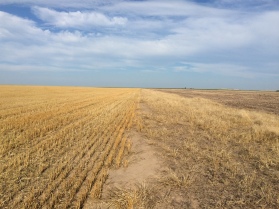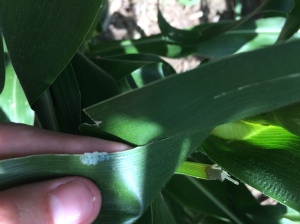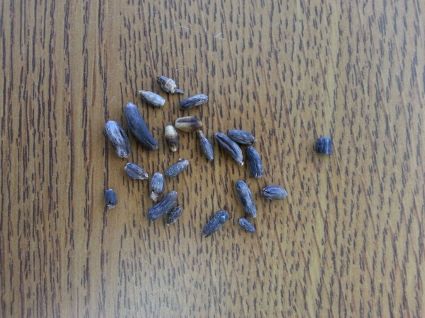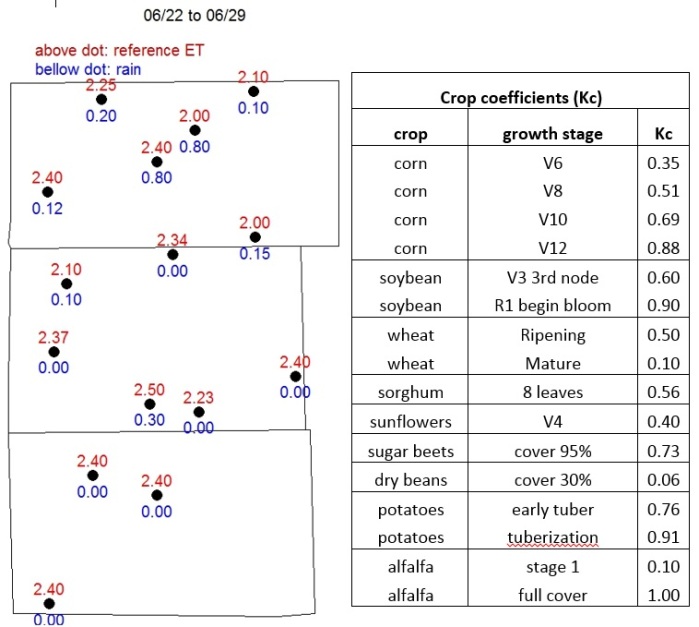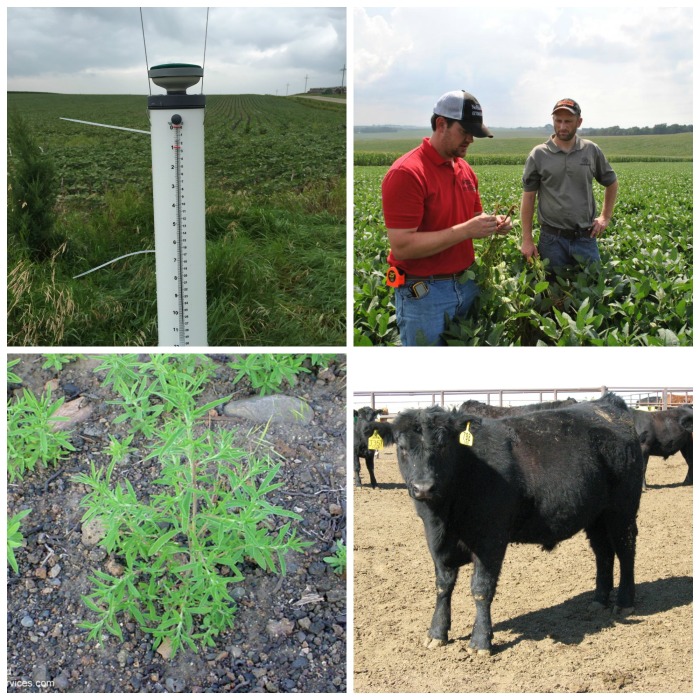
Below is a snapshot of 4 Educational opportunities in SW Nebraska. For more information contact Strahinja Stepanovic, email: sstepanovic2@unl.edu, phone: 402-318-1124
1. WC Cattleman’s Day
Joint Program of NE Extension and CSU Extension developed for cow/calf producers. This conference should help you find ways to reduce cost while helping to improve your overall profitability. Speakers and Topics:
- Robert Tigner, NE Extension Educator – Managing Replacements to Maximize Heifer Values. Can You Afford to Re-build your Herd?
- Randy Sander, NE Extension Educator – Increasing Reproductive Efficiency of the Cow Herd
- Chris Shelly, CSU Livestock Agent – From Mineral Supplementation to Cattle Transportation
- Troy Waltz, NE Extension Educator – Grazing System Management and Using Annual Forages
- Strahinja Stepanovic, NE Extension Educator – Forage kochia
Registration: $20 at the door, $15 if preregistered by Jan 28
Refreshments: supper included
|
Date |
Time | Location | Address |
| 3-Feb | 5:00-8:00 pm MT | Cross Roads Wesleyan Church |
1710 Wesley Drive, Imperial, NE |
2. On-farm Research Update
Find out results of 16 on-farm research studies conducted in SW Nebraska addressing issues such as growing field peas, fertility management in high ph soil, soybean row spacing, and testing growth enhancement products. Learn about projects from other parts of the state on topic such as: variable rate seeding, planting populations, Maize-N nitrogen rate decision tool for sidedress nitrogen, starter fertilizer, fungicide applications, row spacing, cover crops, foliar micronutrients, seed treatments, and others.
Registration: not required.
Refreshments: lunch included
|
Date |
Time | Location | Address |
| 8-Feb | 12:00-4:30 pm CT | West Central Research and Extension Center (WCREC) |
402 W State Farm Rd, North Platte, NE |
3. Irrigation scheduling tools and maximizing irrigation performance
Learn essentials on maximizing irrigation performance and utilizing various tools for irrigation scheduling such as evapotranspiration (ET) gauge and soil moisture sensors. You will also receive an update on our Extension programs that address water issues and have the opportunity to participate in them (we will give you ET gauges to try them out) so we can together contribute to the wellbeing of our community. Speakers:
- Strahinja Stepanovic, NE Extension Educator
- Chuck Burr, NE Extension Educator
- Dr. Daran Rudnik – UNL Irrigation Specialist
Registration: not required
Refreshments: provided
|
Date |
Time | Location | Address |
|
16-Feb |
9:00-11:00 am MT | Stumpf Wheat Center | 76025 Road 329, Grant, NE |
| 1:30-3:30 pm MT | Chase County Extension Office |
135 W 5th street, Imperial, NE |
|
| 5:00-7:00 pm MT | Dundy County Courtroom |
112 W 7th Ave, Benkelman, NE |
4. Weeds, Insect and Disease Resistance Workshop
Unique opportunity to learn from University specialists and local crop consultants from our region about the importance of herbicide, insecticide and fungicide resistance management, mode of action, and how to use this information to reduce spread of weeds, insects and plant pathogens in Nebraska. Speakers and topics:
- Stevan Knezevic, UNL Weeds Specialist
- Julie Peterson, UNL Entomology Specialist
- Anthony Adasemoye, UNL Pathology Specialist
Registration: required, online: http://agronomy.unl.edu/pest-resistance
Refreshments: lunch provided
| Date | Time | Location | Address |
| 10-Mar | 10:00-3:00 pm MT | Stumpf Wheat Center | 76025 Road 329, Grant, NE |



